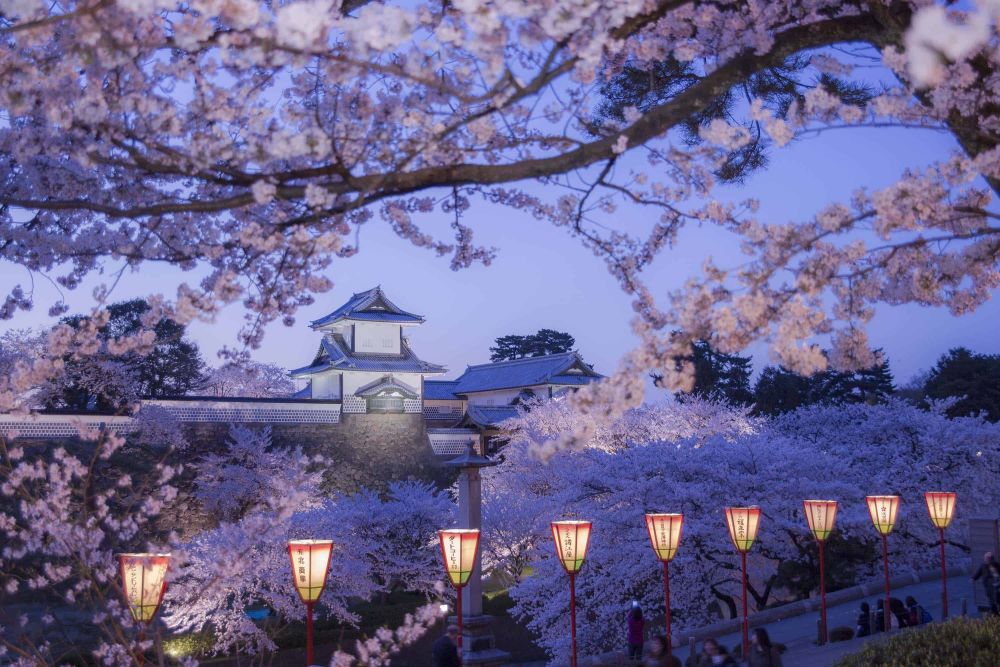

Nestled on the coast of the Sea of Japan, Kanazawa is a city that has kept its cultural heritage alive, earning its moniker "little Kyoto". The city’s tourism history is a tapestry woven from its samurai past, rich art traditions, and well-preserved districts.
Kanazawa’s journey to becoming a tourism hotspot began in the Edo period (1603-1868), under the rule of the Maeda clan. As one of the wealthiest domains, the Maeda fostered a flourishing cultural scene, which laid the groundwork for the city's current attractions. It has been a major draw for those interested in Japanese history and traditional arts and crafts, which continue to be a significant part of its touristic appeal.
The post-war era marked a pivotal moment for Kanazawa as it was one of the few Japanese cities that escaped World War II bombings. This fortunate circumstance preserved its historical charm, making it increasingly popular amongst visitors. The late 20th century saw Kanazawa solidify its status as a cultural hub, with the opening of institutions like the 21st Century Museum of Contemporary Art and the Kanazawa Phonograph Museum.
A jewel in Kanazawa's crown, Kenrokuen Garden is considered one of Japan's three great gardens and remains a timeless attraction. Originally developed from the 1620s to 1840s as the outer garden of Kanazawa Castle, it was opened to the public in 1874. Visitors have long been drawn to its manicured landscapes, ponds, and teahouses, encapsulating the essence of Japanese garden design.
The city's recognition as a UNESCO Creative City of Crafts and Folk Art in 2009 gave a significant boost to Kanazawa’s tourism. This fostered a renewed international interest in its traditional crafts like Kaga Yuzen silk painting, Kutani pottery, and gold leaf work, which have been integral to drawing tourists keen on experiencing and purchasing authentic Japanese crafts.
In recent years, tourism trends in Kanazawa have leaned towards experiential and cultural tourism with visitors engaging in local workshops and staying at traditional inns, known as ryokans. The city further bolstered its accessibility with the launch of the Hokuriku Shinkansen line in 2015, making trips from Tokyo quicker and more efficient. Culinary tourism also flourishes, with Kanazawa being famous for seafood and Kaga cuisine, drawing food enthusiasts from around the globe. With the global wellness trend, Kanazawa's hot springs and serene environment have become increasingly attractive for those seeking a tranquil retreat.
Kanazawa's historic charm and commitment to preserving its cultural assets continue to enchant visitors. With efforts to modernize access while maintaining its legacy, the city's tourism history has set a precedent in successfully balancing old-world allure with modern-day appeal.